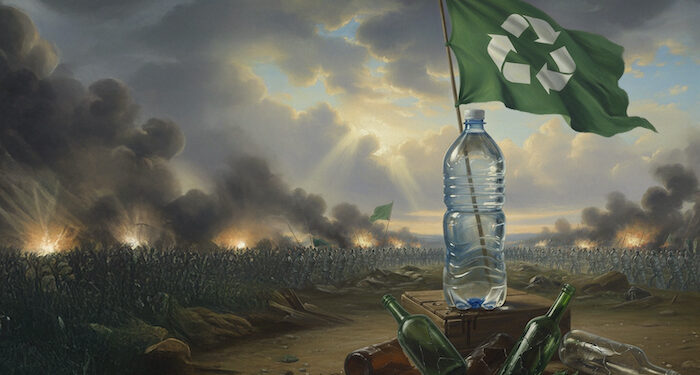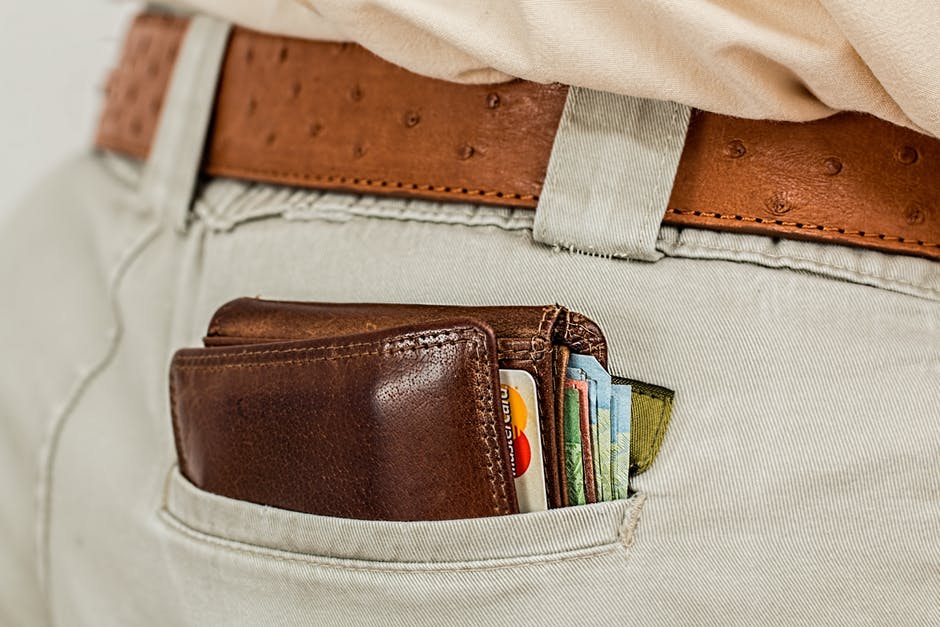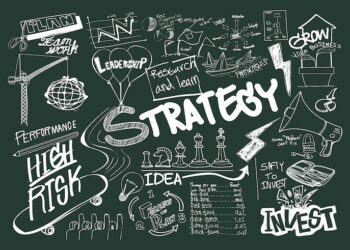Over the past decade, society started switching to glass bottles to avoid microplastics. As it turns out, that big sustainable swap comes with 50 times the microplastic payload. According to recent research by France’s ANSES (the French Agency for Food, Environmental and Occupational Health & Safety) the war between glass bottles and plastic ones is a red herring.
Going truly green has less to do with their materials used and a lot more to do with how you think about packaging design.
Sustainability needs to move beyond emotional reactions and virtue signalling. There is a critical misconception when we talk about sustainability versus recyclability. So, while glass is incredibly recyclable, it has a massive carbon footprint, both to fire and to transport. Whereas plastics are a lot lighter and therefore use a lot less fossil fuel to produce and recycle, giving them a lower carbon footprint than glass.
Real impact
Real impact comes from systems thinking in packaging design, understanding lifecycle data, designing for circularity, and collaborating across the entire value chain. That means designers working alongside manufacturers, policymakers and consumers, not waging material wars based on headlines.
By declaring war on plastic, we’re shooting at the symptom, not the disease. Plastic didn’t become the environmental villain because of what it is, it became the villain because we built an entire throwaway economy around it.
From a packaging design lens, glass looks premium. It feels responsible and it’s reusable. But feelings aren’t a sustainability strategy, and the data doesn’t support the idea that recyclable is the same as sustainable.
Manufacturing glass bottles generates up to three times the carbon emissions of plastic equivalents, requiring furnace temperatures of 1500°C compared to plastic’s 260°C. Glass is also five to ten times heavier which means you’re burning significantly more fuel for every delivery truck.
Uncomfortable truth
The uncomfortable truth is that 80% of a product’s environmental impact is determined in the design phase. For packaging designers, this means the material choice is just one variable in a complex equation.
Working with specialist packaging design agencies like Just Design, that have decades of knowledge on the entire value chain, can save clients having to institute costly and unsustainable changes when it is too late. This gives you the at the opportunity to design with sustainability in mind from the onset.
Smart design considers the entire system including the production footprint, transport efficiency, end-of-life scenarios, and reuse potential. It’s about matching the right material to the right application within circular models, not declaring material wars. The question isn’t ‘Which material is evil?’ It’s ‘How do we design packaging that never becomes waste?’
True sustainability won’t be achieved by swapping one bottle for another. It will happen when designers are brave enough to redesign the entire battlefield and clients are informed enough to know who to trust.
Vanessa Bosman is group managing director at Just Design. As packaging design specialists, Just Design tests, learns and optimises. Every creative leap is grounded in consumer truth, sharpened by research, and refined to ensure it resonates. The result? Work that connects with people, builds belief, and grows brands.














